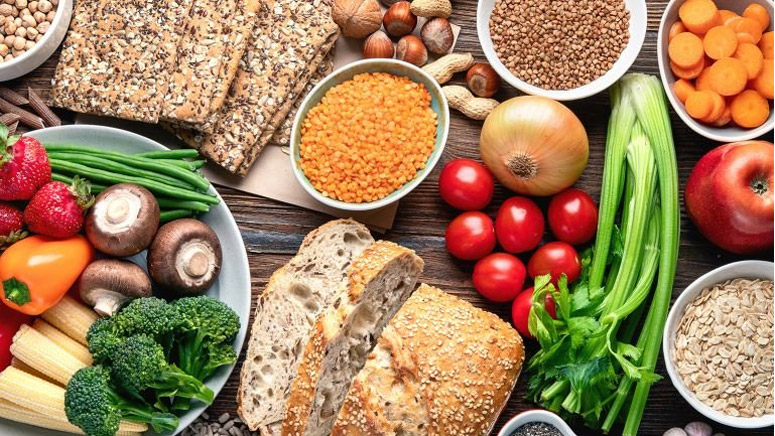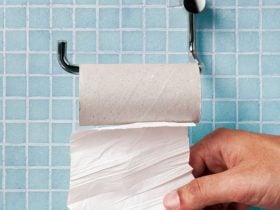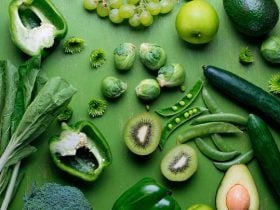Diverticulitis refers to a digestive disorder that is often due to an infection and inflammation of the lining of the inner intestinal wall. [1]
The small intestine has an inner layer that is flexible and aids in digestion and large intestine has an outer muscular layer that is thicker. When we take in food, they are broken down into smaller bits in the small intestine and get digested. It then goes into the large intestine, where any unabsorbed good body nutrients, as well as water, are eventually absorbed. This process causes undigested waste to continue into the rectum, where it is eventually passed out from the anus in the form of stool.
As we grow older, the wall of the intestine becomes weak, and this can cause small bumps (referred to as diverticula) to form on the outer lining of the intestines. [2] This is usually due to the internal pressure from the inside of the intestine and a result of moving stool as they move to the rectum through the colon. Often, people that have low fiber in their diet can be susceptible to this disease. Generally, a lack of fiber may be responsible for the development of this condition, and it is more commonly seen in the elderly.
Often, most individuals who have diverticula don’t show any symptoms, but this doesn’t mean they don’t have diverticular disease. In some conditions where one or more diverticular becomes inflamed due to infection, more serious complications may develop, such as fistula, abscesses, and bowel obstruction. This contamination and inflammation of diverticular disease is termed diverticulitis.
Diet and Diverticulitis

Diets that contain fiber aid in the softening of stool and this help the stool to easily pass through the large intestine and go to the rectum, thereby preventing constipation. This mechanism is due to the fact that a fiber-rich diet requires less pressure from the intestinal wall to move through the intestine into the rectum.
On the flip side, when we take a diet that has low fiber constituents, we form hard stools that cause the intestinal wall to stretch so as to effectively get rid of the stool. This constant stretching of the intestinal wall causes the outer wall muscles to weaken. The inner layer of the intestine can then easily push through the weak portion of the external wall to form small pouches (diverticula). [3]
Age and diverticulitis
As we age, the walls of our colon gradually become weaker, and there is high risk and potential for the development of diverticula with the frequent passage of hard stool. [4] About 50% of the population often develops diverticula before they are 50 years, while about 70 percent of the population may develop the disease before 80 years. It is important to note that while diverticula formation may be without symptoms, diverticulitis is usually accompanied by pain.













